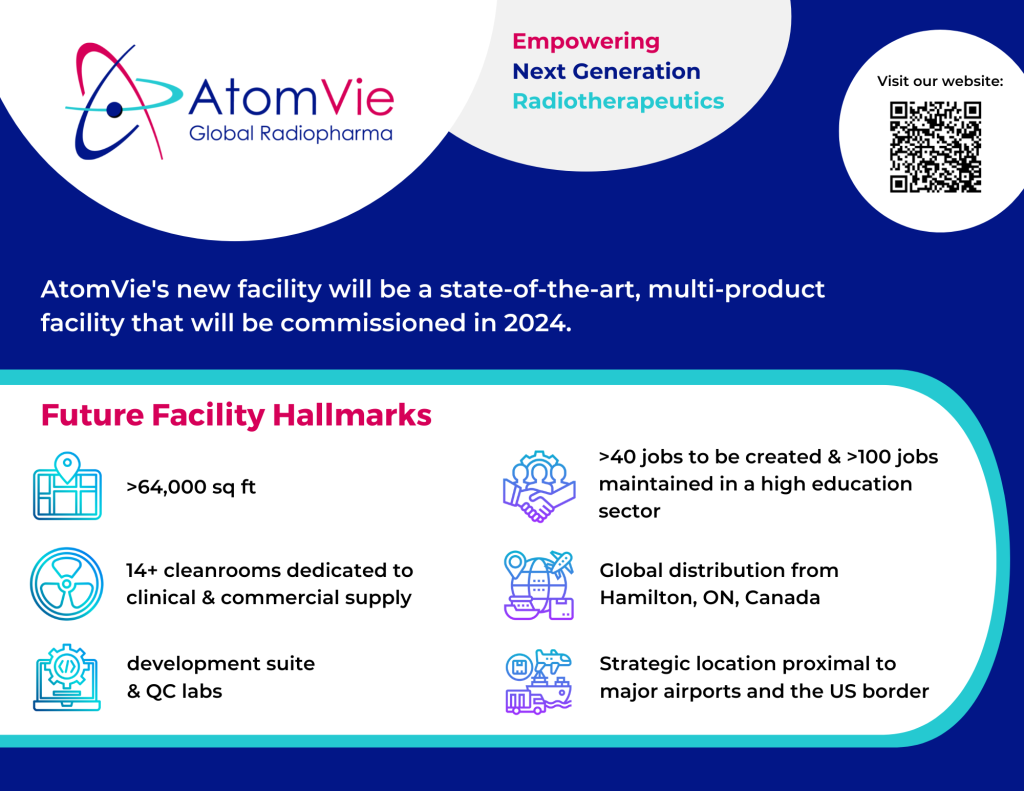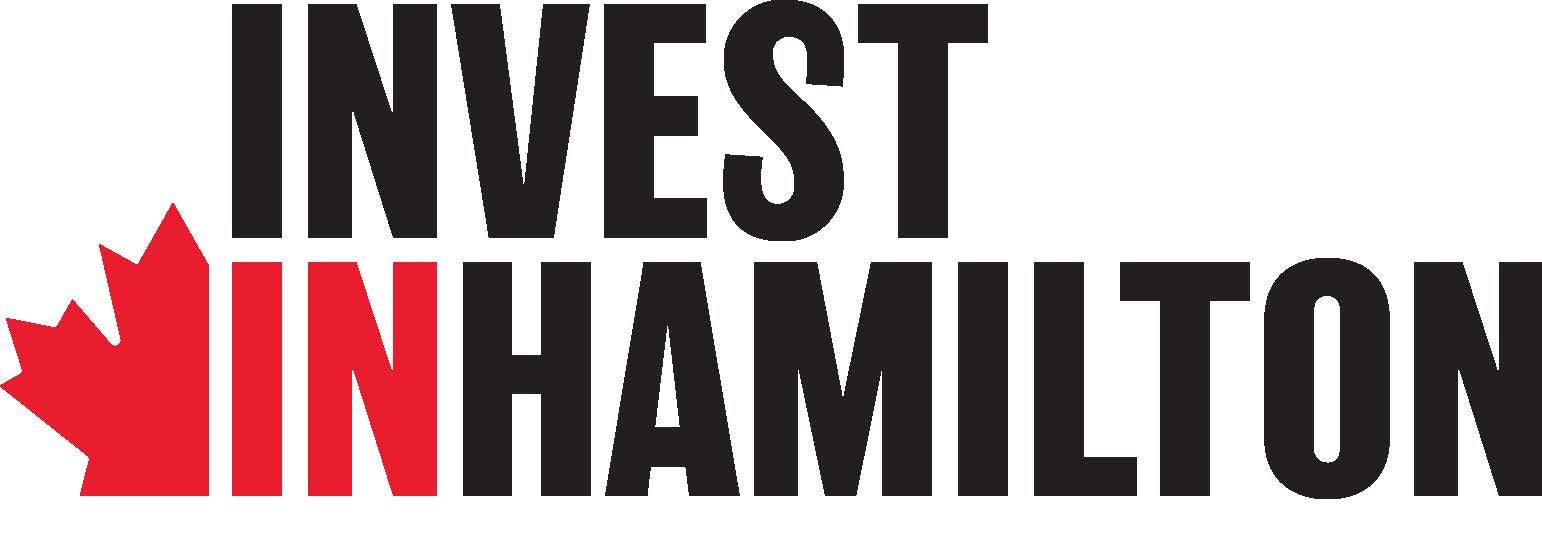
Administered systemically, radiopharmaceuticals deliver radiation directly to cancer cells by binding to tumour-associated targets. While many radiopharmaceuticals are used as diagnostic imaging agents, radiotherapeutics with alpha, gamma or beta-emitting isotopes are thought to be especially effective for treating late-stage, metastatic cancers.
Compared with conventional systemic cancer treatments, this targeted form of radiotherapy shows efficacy with minimal toxicity.1 The radiopharmaceuticals field is still young; however, these emerging technologies are expected to become key components of the oncology toolbox in the near future.
The home of nuclear medicine
Canada has pioneered the nuclear medicine field ever since the world’s first cobalt-60 radiotherapy unit was opened in a Canadian university in 1951. The country continues to lead both scientific output and isotope production. Up until 2018, Canada contributed to approximately half of the world’s medical isotope supply.2
Located in Hamilton, Ontario, McMaster University is a world leader in nuclear research, with its world-class facilities and nuclear medicine specialists supporting numerous breakthroughs in this field. Canada’s most powerful research reactor is located on the McMaster campus. The reactor produces around 60% of the global supply of iodine-125 – a medical isotope used in medical imaging and prostate cancer treatment.3
McMaster University’s continued years of nuclear medicine prowess have stood Hamilton in good stead to become a leading destination for radiopharmaceutical research and commercialisation. The university has played an instrumental role in supporting the Centre for Probe Development and Commercialization (CPDC), a federally funded Centre of Excellence for Commercialization and Research. Hosted on the university campus, the CPDC partners with companies on the development, manufacturing and distribution of radiopharmaceuticals.
Three for-profit companies have spun out of CPDC, including Hamilton-based biotech Fusion Pharmaceuticals, which debuted on the Nasdaq with an initial public offering of $212.5m in 2020. A few years later, after registering consecutive years of high growth for contract manufacturing services, CPDC spun out a contract development and manufacturing organisation (CDMO) called AtomVie Global Radiopharma (AtomVie).
Over the past three years, contract manufacturing revenues were growing at year-on-year rates between 17% and 56%. “It is more growth than we expected,” remarks Dr Bruno Paquin, CEO, AtomVie. “Now we have reached pretty much full capacity of what we can do from the space that McMaster University has given us.”

In August 2022, healthcare investment company Avego invested C$40m ($29.21m) in AtomVie. The CDMO will use the funds to expand its current GMP manufacturing into commercial stage production. AtomVie recently secured a lease for a facility near the John C. Munro Hamilton International Airport. On that site, the company plans to construct a facility that is fully compliant with Heath Canada, US Food and Drug Administration and European Medicines Agency regulations. The facility will be able to accommodate any isotope.
Just-in-time manufacturing
With very short shelf lives for radiopharmaceuticals, products are manufactured entirely on demand. Any delay in the drug’s production or delivery can render products obsolete, impacting patients significantly.
“What we do is the true meaning of just-in-time manufacturing,” explains Constantinos Economou, AtomVie’s Sr. director engineering & head, facility team lead. “We need to know exactly when the patient will be injected in which part of the world. All that triggers what needs to come in, from the receival of the isotope to the manufacturing, packaging and shipping. Making sure we have the right facility to streamline these operations is critical.”
Ontario’s rich ecosystem for medical isotope production simplifies inbound logistics in Hamilton. However, when shipping pharmaceuticals to patients as far away as Australia, rapid access to a strong network of international transportation options is a paramount. AtomVie’s future location right beside Hamilton International Airport will facilitate rapid air transportation. Operational 24/7 365 days a year, the airport is one of the fastest-growing cargo airports in the country and provides domestic and international routes with an on-site Canada Customs.
Meanwhile, Toronto’s Pearson International Airport is approximately one hour’s drive to the north-east, offering access to a large number of international flights. Hamilton’s proximity to the US border, just one hour south of the city by road, was another “great advantage”, enabling road access to US destinations and markets. “Hamilton, for us, made a lot of sense,” says Dr Paquin.
The knowledge economy
It is not just location that made Hamilton the right place to expand the business. “There is a good pool of talent and a good pool of knowledge in Hamilton when it comes to anything nuclear,” explains Dr Paquin. “McMaster University – certainly in Canada but even globally – is recognised as one of the most important nuclear universities. Fusion Pharmaceuticals is also located in Hamilton. We have a lot of interactions with people in our field, and that is pretty unique to a city like this.”
The benefits of this are sure to be experienced over the next few years as AtomVie continues its growth in a planned 64,000ft2 facility – a significant leap from the 15,000ft2 currently filled at McMaster. Production lines and staffing will grow substantially, more than doubling to about 250 workers.
Attracting talent in the radiopharmaceutical space can be challenging due to a lack of dedicated courses for training students, but there are many reasons why Hamilton is best-placed to solve this for local companies.
“McMaster University is working to establish courses suitable for this space, and there are a few companies here that do this kind of work, so there is a growing pool of talent,” says Economou. “All that makes it very attractive to do something in this region.”
“McMaster is developing new initiatives to train and form the new grade of students that will bring the expertise that AtomVie, Fusion Pharmaceuticals and the McMaster Nuclear Reactor will need in the near future,” agrees Dr Paquin.
Since 2016, the number of Hamilton-based nuclear therapeutic companies has nearly tripled.4 Future growth is expected, with the key assets already in place – including reactors, hot cell labs and a specialised workforce – to support a bright future for Hamilton’s nuclear medicine industry and life sciences sector.
1,2,3,4 References available on request


